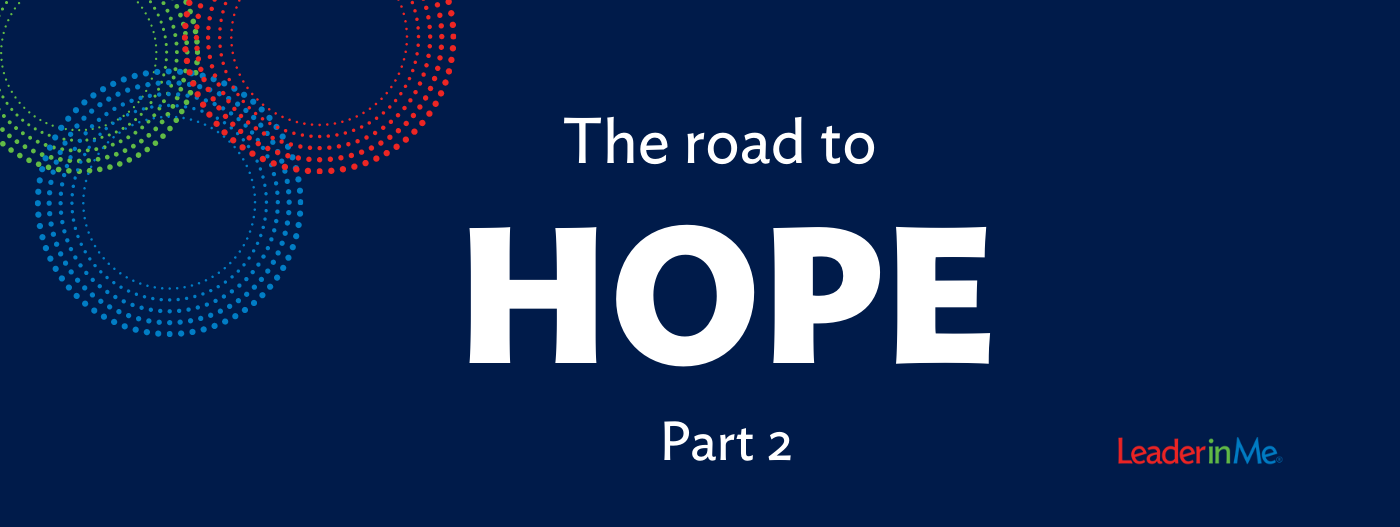The Road to Hope Recovery Part 2
Author: Dr. Eve Miller
October 15, 2021

This blog is part of a series offering bite-sized research insights and applications around the science of hope. While written with educators and their students in mind, the applications should be universal enough to be used in a variety of contexts.
Understanding Hope
What is hope?
Hope is often defined as a feeling—or perhaps as a wish—we have for ourselves or others. However, when researchers began studying hope, interviewing hundreds of people over several years, they found something more concrete than feelings or wishes. They realized that one consistent difference between people with high levels of hope and those with lower levels was the distinctly different way they thought about their futures. This discovery led to a major shift in the academic understanding of hope, captured succinctly in this quote from Dr. Brene Brown:
“Hope is not an emotion; it’s a way of thinking.”
—Brené Brown, PhD
The Components of Hope
Hope researchers were eventually able to use those distinct ways of thinking to help identify three interrelated components of hope: goals, pathways, and agency. These individual components are straightforward, but in order to truly understand hope, we must understand how they work together.
I found that comparing the interactions among the components to planning a trip is a helpful place to start.
- Goals: picking your desired destination
Highly hopeful people are goal-minded and are actively pursuing a goal that is personally meaningful to them.
- Pathways: using the road map to select and track progress to your destination
Highly hopeful people can see many pathways to their goal. They use the road maps of these pathways to track their progress and grow their feeling of hope as they get closer to their destination.
- Agency: the fuel you need to start and continue the path to your destination
Highly hopeful people are confident they will achieve their goals. This belief motivates them to keep going on their path and, when there are challenges, helps them feel capable of handling them.
These ways of thinking are all learnable. Being a person with high levels of hope is not something you intrinsically are or are not. Everyone has the potential to be highly hopeful. And everyone has the ability to be less hopeless by using these same cognitive processes.
Levels of Hope
It is completely normal to have areas of your life about which you feel more or less hopeful. There will also be times in your life that are marked by a greater or lesser sense of hope about the future. Our lived experiences—especially in childhood—can also impact our baseline level of hope in ways we did not ask for or choose.
As we explore how to grow hope, please be compassionate with yourself if your current level of hope is not where you wish it was. Decades of research support the finding that you can increase your levels of hope when you know what it is and how to build your ability to use it. In the next blog, we will share some exercises using the components of hope that we covered here.
Share Article on
Tags: burnout, COVID, education, empathy, family, goal setting, hope, Leader, leadership strategies, parents, perseverance, principal, sel, wellness-leadership
